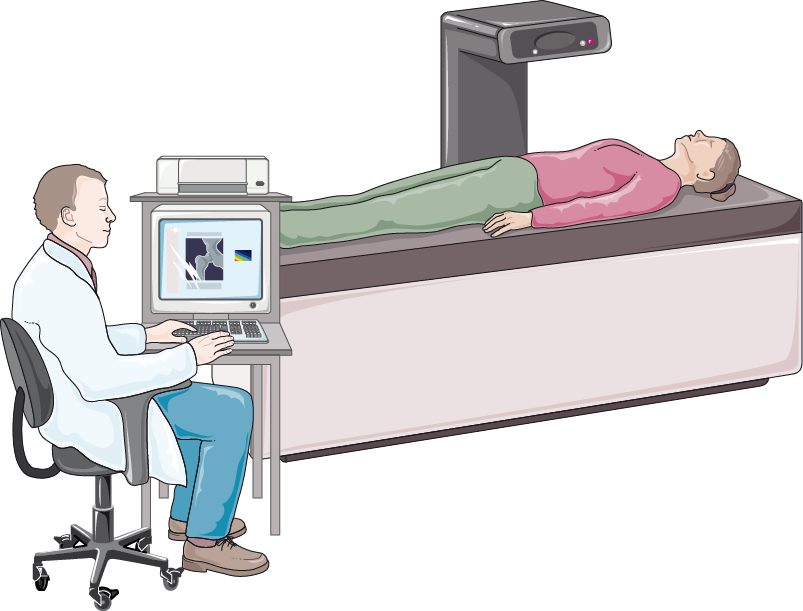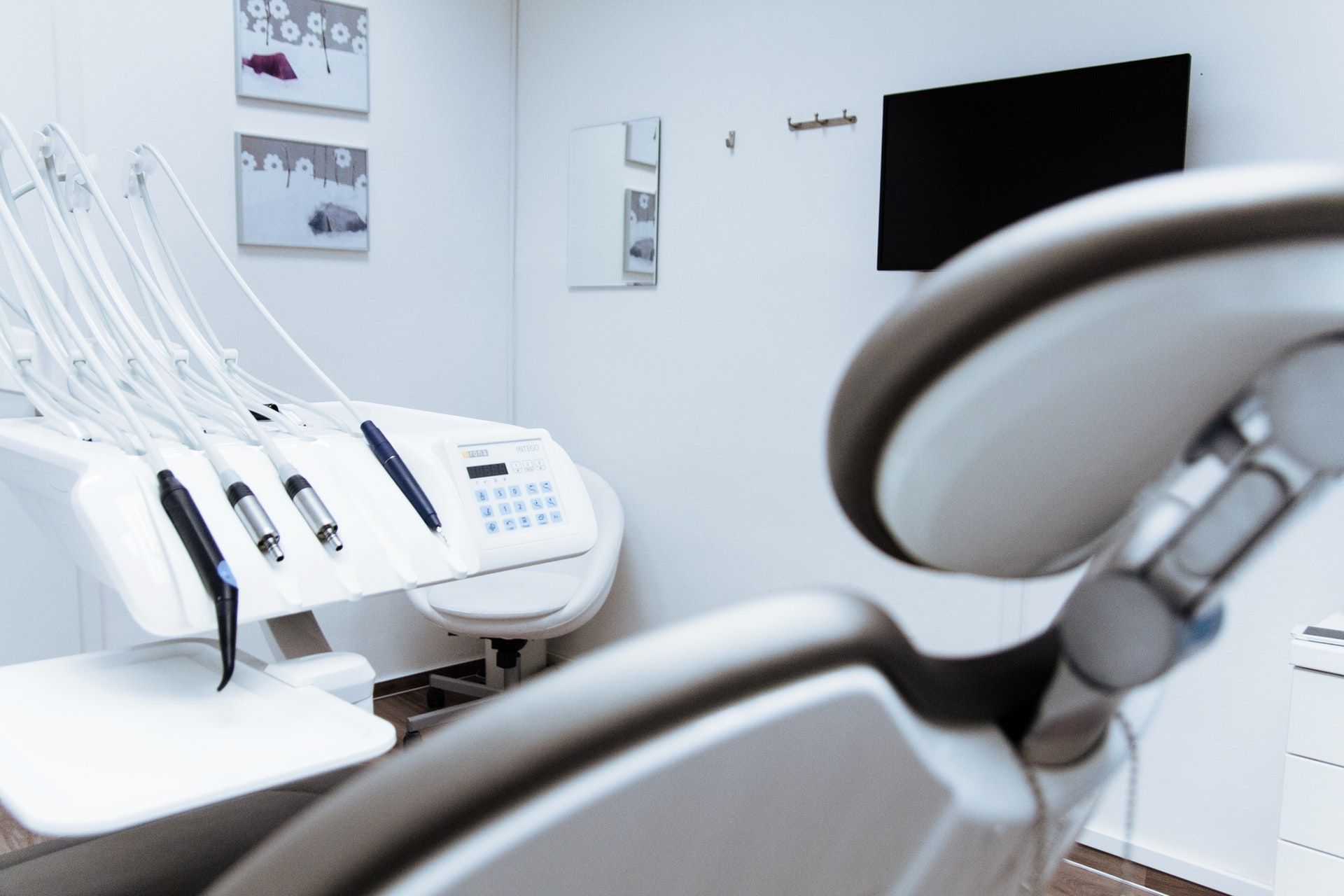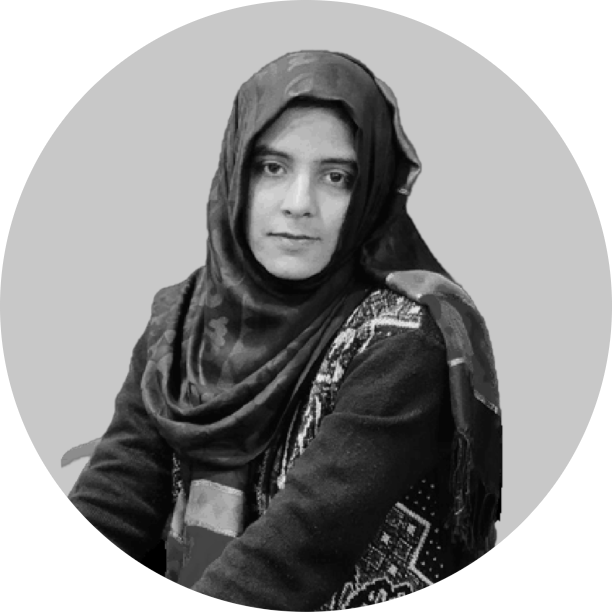10 Reasons Why Open-source Solutions are The Best Options for Healthcare
10 Reasons Why Open-source Solutions are The Best for Healthcare
Table of Content
In the last 3 decades, open-source solutions have gained popularity in the healthcare industry as they provide many benefits over proprietary software. With the constant demand for innovative solutions and the need to improve patient outcomes, open-source software has become an attractive option for healthcare organizations.
Hospitals and clinics can choose from a variety of open-source solutions to digitize, automate and effectively manage their resources, and their clinical operations and workflow. Such as: ERP, Medical Records (EMR, EHR, HIS), PACS and DICOM solutions for medical imaging, accounting solutions, and CMS (content management system) solutions.
From security and privacy to cost-effectiveness and scalability, open-source solutions offer many advantages that proprietary software simply cannot match. This article will explore 10 reasons why open-source solutions are the best for healthcare and how they can help healthcare organizations improve patient care and outcomes.
In the past years we logged hundreds of open source solutions at can be used in healthcare enterprises, here are some of our lists:




But here, we will list why we believe Open-source is the future for Healthcare service providers.
Here are the top 10 reasons why Open-source is the best for Healthcare
1- Cost-Effective
Healthcare providers are constantly pressured to reduce costs while maintaining high-quality patient care. Open-source solutions offer a cost-effective alternative to proprietary software, as they are often available for free or at a significantly lower cost than proprietary software.
Open-source solutions are free to use and distribute, reducing licensing fees and saving money.
Also, cost savings can be allocated to patient care and research, improving patient outcomes.
2- Accessibility
Open-source solutions are available to anyone with an internet connection, meaning that healthcare organizations can share software with colleagues and partners. They are beneficial in resource-limited settings, where proprietary solutions may be too expensive.
Sharing software with colleagues and partners reduces the need for expensive licensing fees, improving cost-effectiveness. Also, you can have several installations without restrictions on many devices and locations.

3- Security
Healthcare providers deal with sensitive patient data that needs to be protected. Open-source solutions are often more secure than proprietary software.
They are constantly being reviewed and updated by a community of developers, making identifying and fixing security vulnerabilities easier. Furthermore, they are packed by dozens of loyal enterprise users, who are also acting as parts of the community.
Transparency allows for easy identification and quick addressing of security threats. Healthcare organizations have complete control over their patient data, ensuring it is kept private and secure.
4- Quality Assurance
Open-source communities ensure that software is rigorously tested, leading to fewer errors and more reliable software. Healthcare organizations can also contribute to software testing, leading to better quality software.
Rigorous testing leads to fewer errors and more reliable software, reducing downtime and improving patient care. Healthcare organizations, hospitals, and end-user developers can contribute to software testing, leading to better quality software and improved outcomes.
5- Flexibility
Healthcare is constantly evolving; healthcare providers require software to adapt quickly. Open-source solutions are designed to be flexible, allowing healthcare providers to modify the software as their needs change.
So;
- Open-source solutions can be customized to meet specific needs, improving workflow efficiency.
- Interoperability with existing systems reduces the need for expensive customizations.
6- Community Support
Open-source solutions often have a large community of developers and loyal enterprise users constantly working to improve the software. Healthcare providers can rely on a vast network of experts to help them troubleshoot any issues.
Open-source communities offer support to users, reducing downtime and improving workflow efficiency.
The knowledge and expertise of others in the community which is shared often among the community members, help healthcare organizations solve complex problems.
7- Ethical Considerations
Open-source solutions align with ethical principles of healthcare, ensuring that patient data is kept private and secure. Healthcare organizations can benefit from open-source software while maintaining ethical standards. Using open-source solutions can promote transparency and accountability, improving patient trust.
So;
- Open-source solutions align with ethical principles of healthcare, ensuring that patient data is kept private and secure.
- Promoting transparency and accountability improves patient trust and confidence.
8- Scalability
Open-source solutions are designed to be scalable, allowing healthcare providers to expand the software as their needs grow. This makes it easier for healthcare providers to accommodate more patients and manage their data effectively.
Open-source solutions are available to anyone with an internet connection, reducing barriers to access. Sharing software with colleagues and partners reduces the need for expensive licensing fees, improving cost-effectiveness.
9- Innovation
Open-source solutions are often at the forefront of innovation in healthcare technology. This means that healthcare providers using open-source solutions are more likely to have access to the latest technological advancements.
Open-source communities encourage collaboration and innovation, leading to faster development and improved solutions. By that, healthcare organizations benefit from the latest advancements in technology, improving patient outcomes.
10- Shape The Future of Healthcare Technology
Open-source solutions are the future of healthcare technology, offering a range of benefits that proprietary software cannot match. As technology evolves, open-source solutions will remain at the forefront of innovation.
The continued growth of open-source communities ensures that healthcare organizations always have access to a community of innovators and experts.
Common FAQs of Why Open-source Solutions are The Best for Healthcare
1. How does the flexibility of open-source software benefit healthcare organizations?
The flexibility of open-source software allows healthcare organizations to customize the software to meet their specific needs.
This can improve workflow efficiency and reduce the need for expensive customizations. Additionally, interoperability with existing systems can make it easier for healthcare organizations to integrate open-source solutions into their existing infrastructure.
2. Can open-source software improve patient outcomes?
Yes, open-source software can improve patient outcomes by providing healthcare organizations access to the latest technology and advancements in healthcare software.
This can improve diagnosis accuracy, reduce errors, and streamline workflow processes, ultimately leading to better patient outcomes.
3. How do open-source communities ensure quality and security?
Open-source communities have a strong commitment to quality assurance and security.
Rigorous testing and peer review processes are used to ensure that the software is reliable and secure.
Additionally, the transparency of open-source software allows for quick identification and addressing of security threats. Healthcare organizations can also contribute to software testing and security efforts, leading to better quality software and improved outcomes.
Conclusion
In conclusion, open-source solutions offer a range of benefits that make them ideal for healthcare. From cost-effectiveness and customizability to security and interoperability, open-source solutions have the potential to revolutionize the healthcare industry and improve patient care and outcomes.
Healthcare providers considering implementing new software should consider the advantages of open-source solutions and explore how they can benefit their organization.












